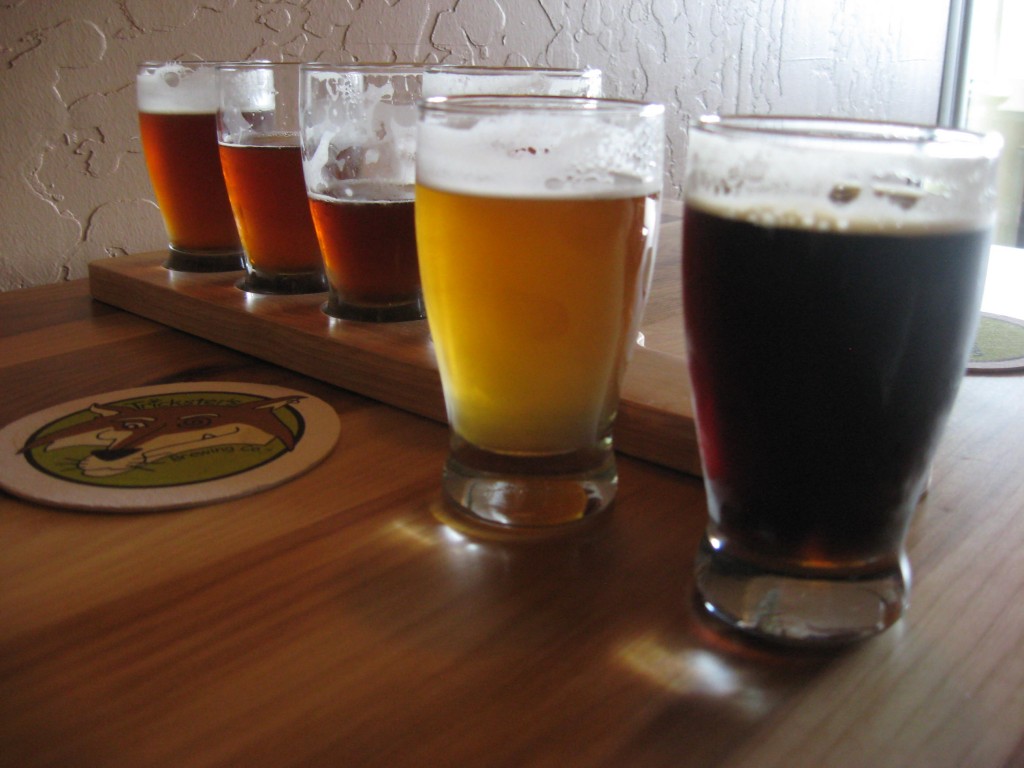Profiled by Ken Carman for Professor Goodales

 The flavor is tripel like, but if this isn’t White Labs Abbey yeast I’ll bite myself. The aroma is WL Abbey out the kazoo with pilsner malt in the background. I’m guessing this has Belgian white candy sugar in it. It has that distinct slight abrasive sense.
The flavor is tripel like, but if this isn’t White Labs Abbey yeast I’ll bite myself. The aroma is WL Abbey out the kazoo with pilsner malt in the background. I’m guessing this has Belgian white candy sugar in it. It has that distinct slight abrasive sense.
Mouthfeel: a firm, tripel like, carbonation dominates with its prickly sense. Again: a slight abrasive taste as if the liquid has a little sand paper to it. That’s a distinct Belgian white sugar sense.
This is listed as a Golden, but to me it’s more of a Tripel with lower abv and WL Abbey. This is as if they wanted to do a Tripel but due to abv laws they had to back off. Millie described as “watery.†To me it’s more a weak attempted due to keeping fermentables down.
Appearance is slightly hazy, srm probably about a 2: light yellow, urine color. Head id white pillow with a few medium sized bubble-rocks.
One dimensional.
I would try it: yes, but more a lawnmower Belgian. I simply can’t give it a 4. Advise, if must keep it this way, try Coriander, Orange Zest, anything to make it more interesting. More body would help: true, but then you’d probably raise the abv. Switch the yeast, please.
47 @ Rate Beer.
83: Beer Advocate.
RB has it right in this case, BA too generous.













You must be logged in to post a comment.